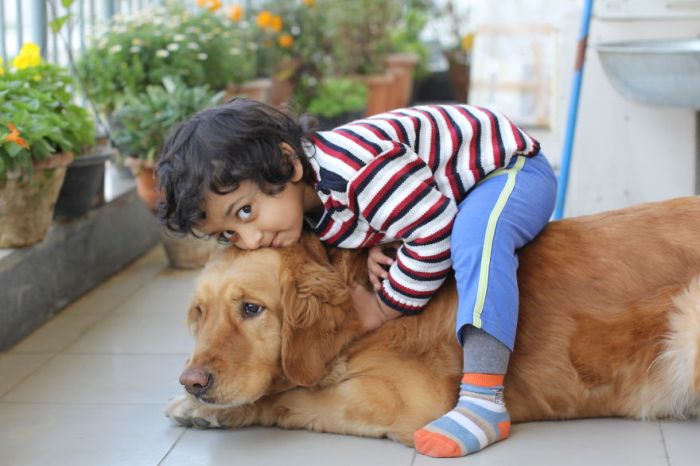|
|
Dog And The Child
|
Archaeological evidence suggests that the latest dogs could have diverged from wolves was roughly 15000 years ago, although it is possible that they diverged much earlier. In 2008, a team international scientists released findings from an excavation at Goyet Cave in Belgium declaring that a large, toothy canine existed 31,700 years ago and ate a diet horse, musk ox and reindeer.
Prior to this Belgium discovery, the earliest dog fossils were two large skulls from Russia and a mandible from Germany, that dated from roughly 14,000 years ago. Remains smaller dogs from Natufian cave deposits in the Middle East, including the earliest burial a human being with a domestic dog, have been dated to around 10,000 to 12,000 years ago. There is a great deal archaeological evidence for dogs throughout Europe and Asia around this period and through the next two thousand years (roughly 8,000 to 10,000 years ago), with fossils uncovered in Germany, the French Alps, and Iraq, and cave paintings in Turkey.
Dogs have lived and worked with humans in so many roles that they have earned the unique nickname, "man's best friend", a phrase which is used in other languages as well. They have been bred for herding livestock, hunting (e.g. pointers and hounds), rodent control, guarding, helping fishermen with nets, and pulling loads, in addition to their roles as companions.
|
|









